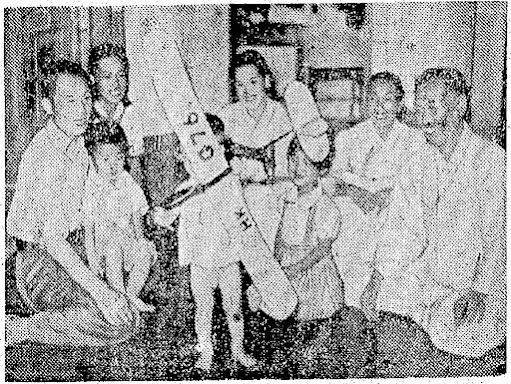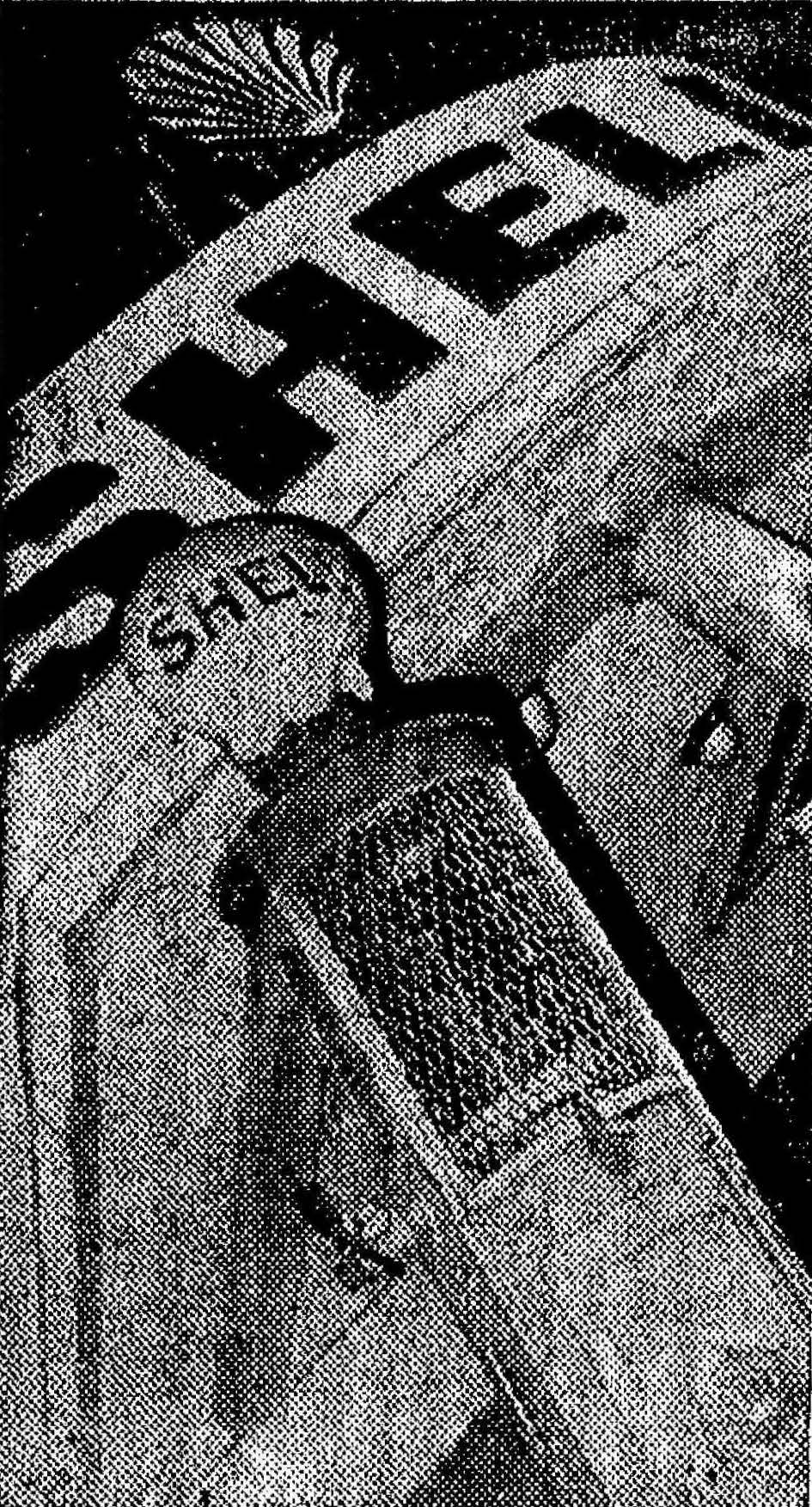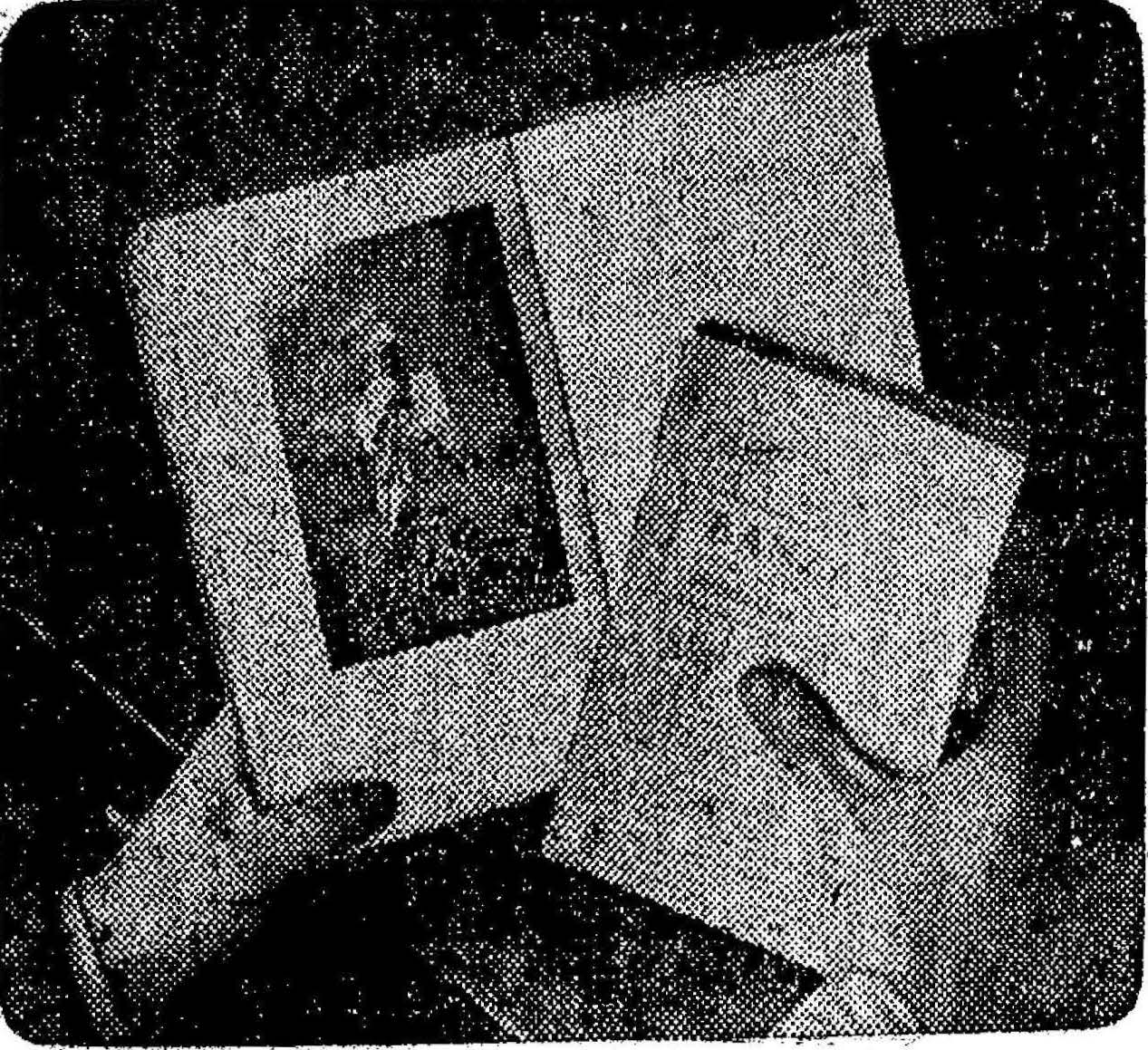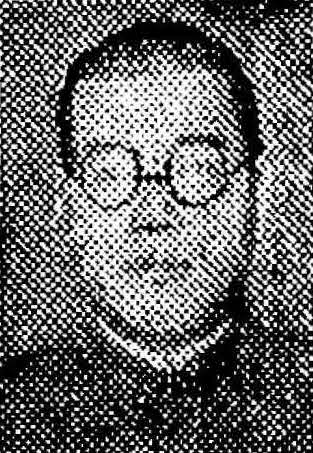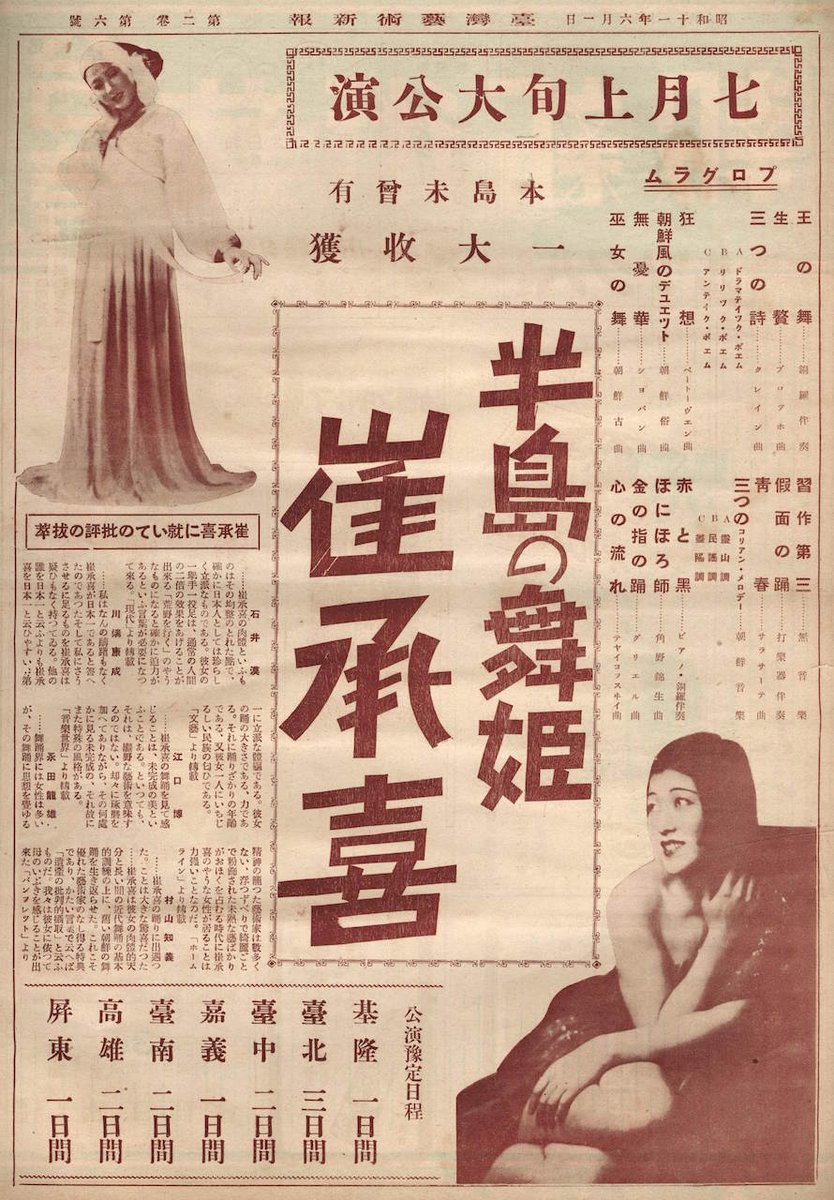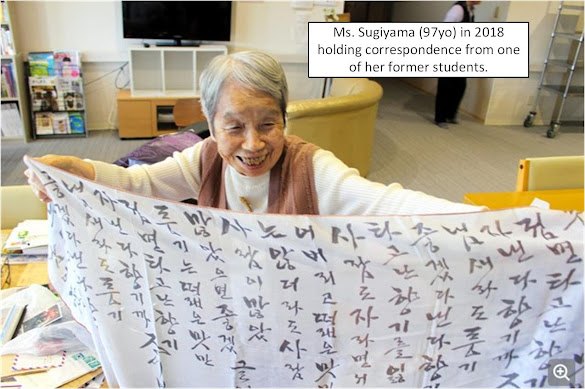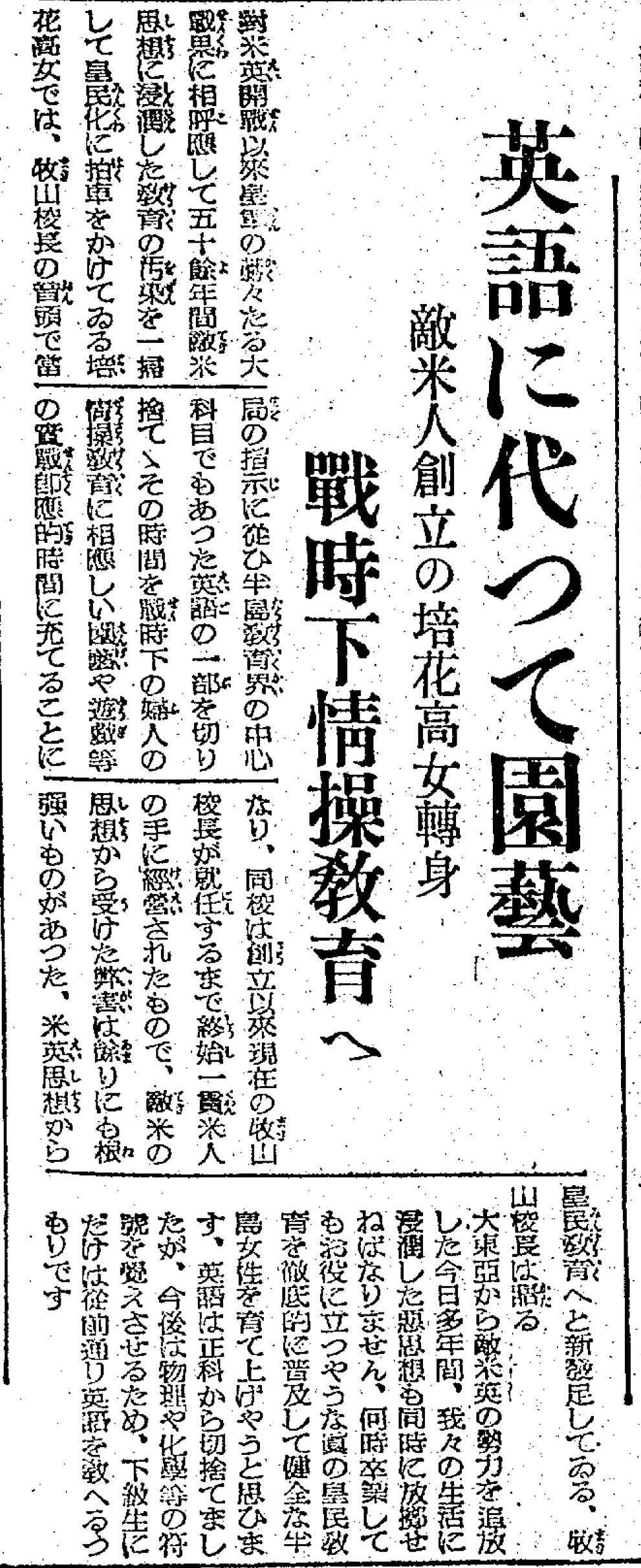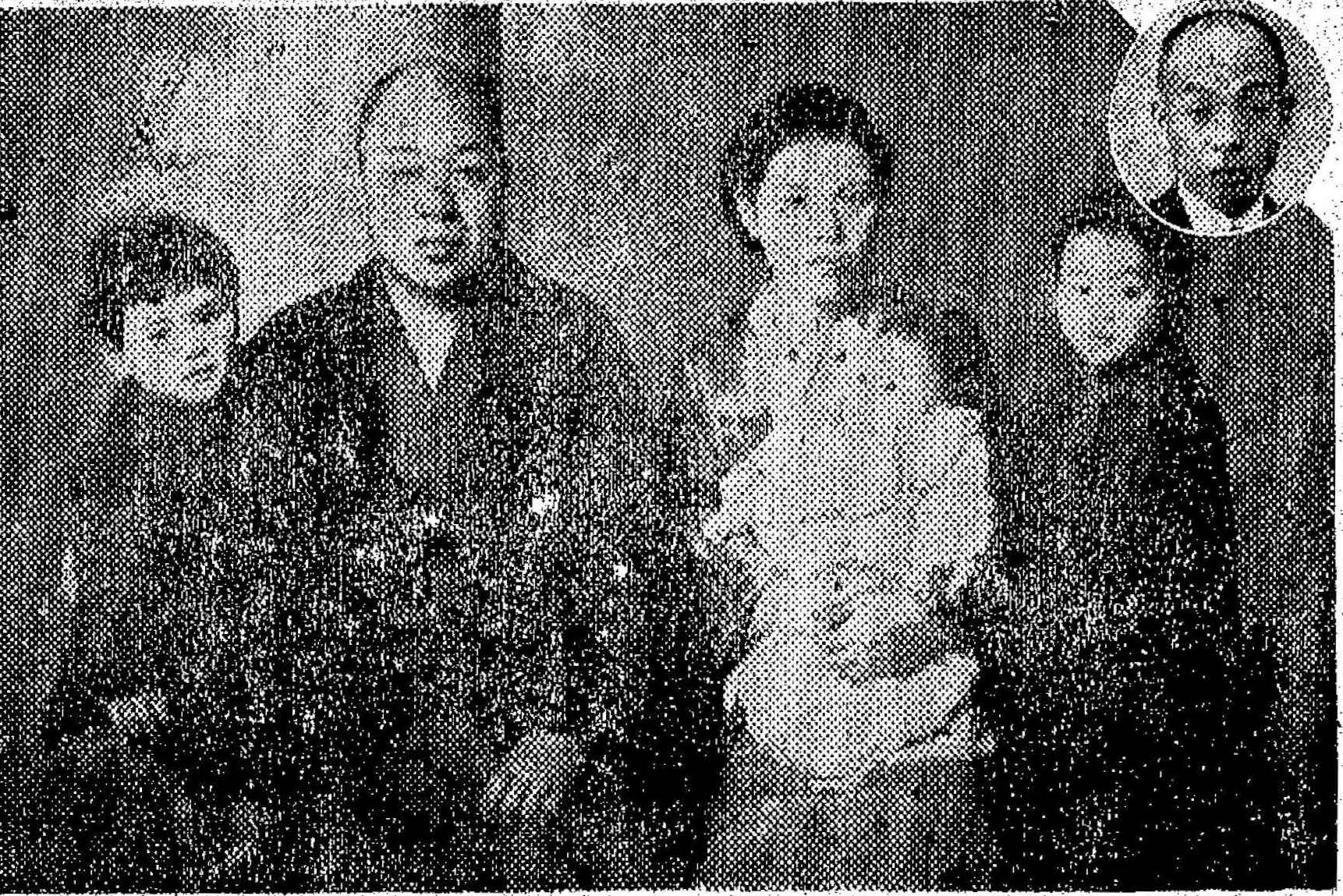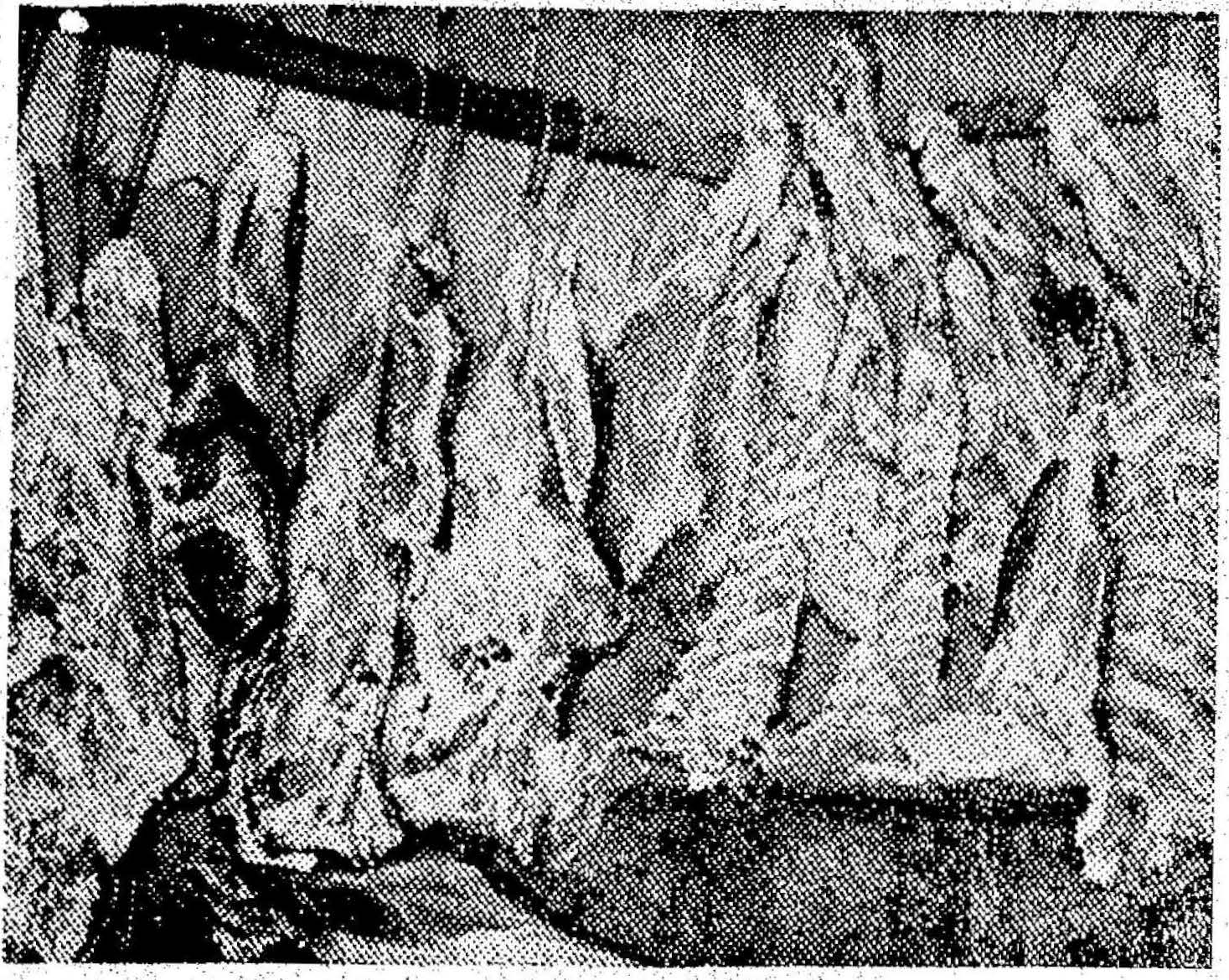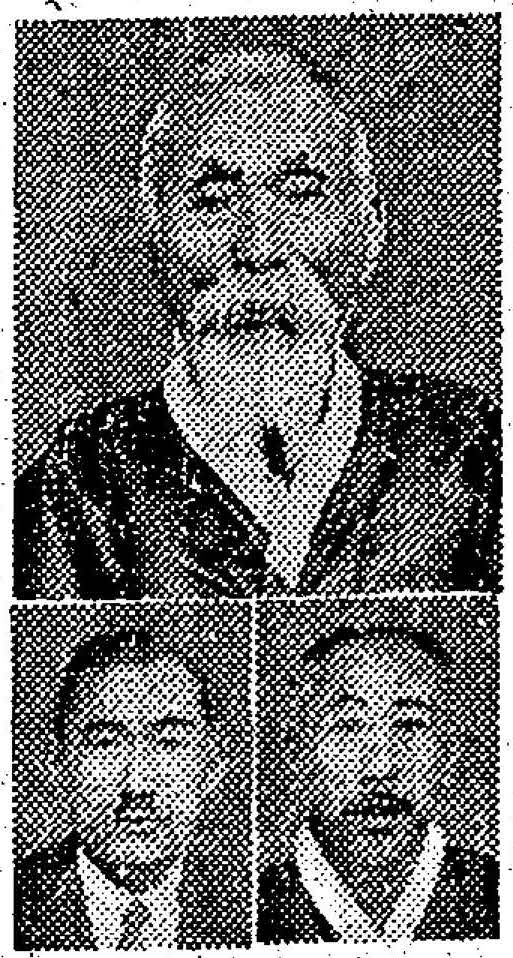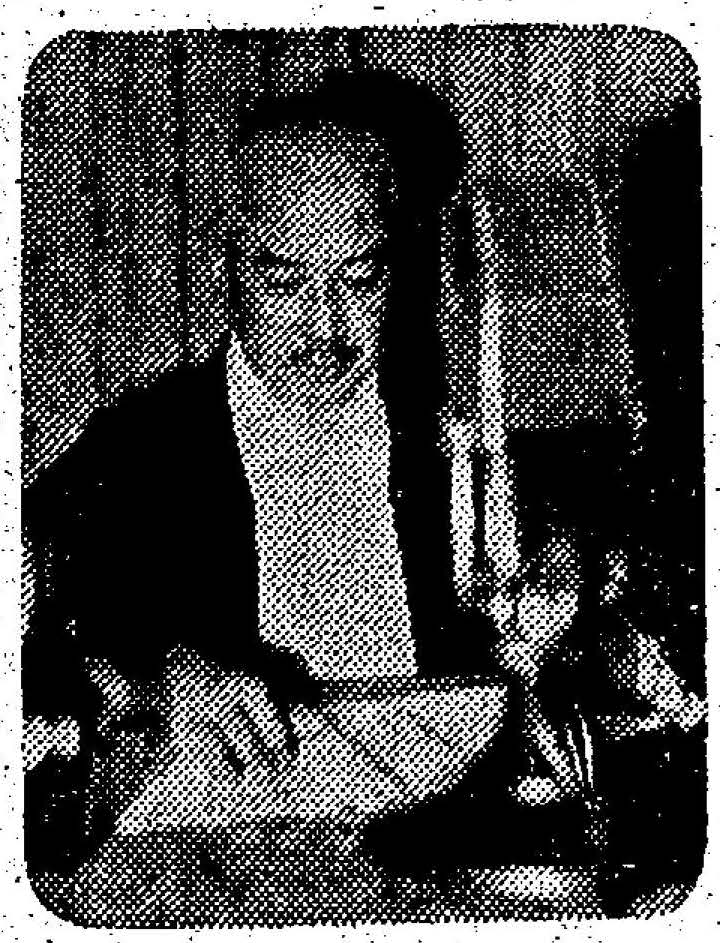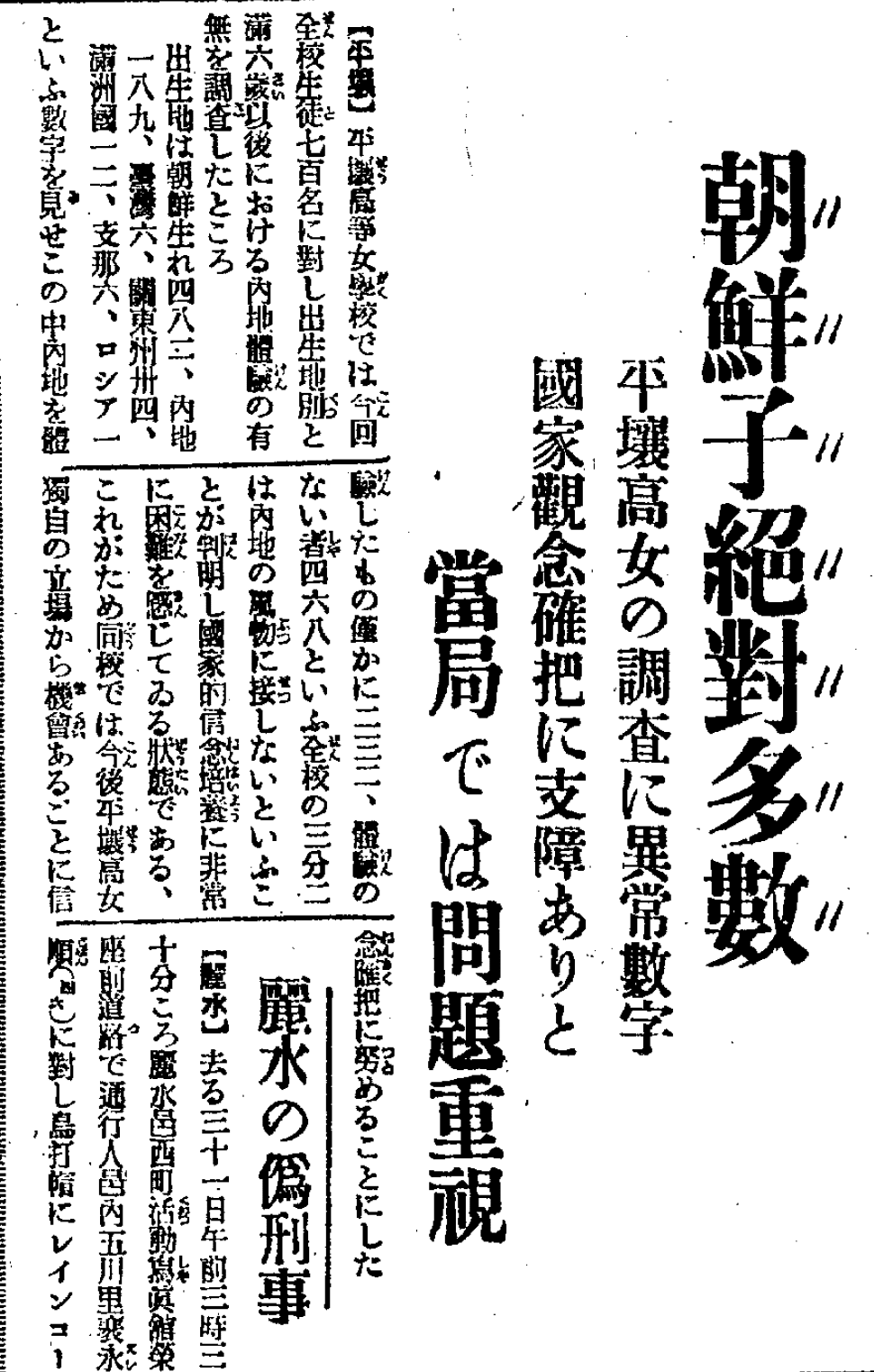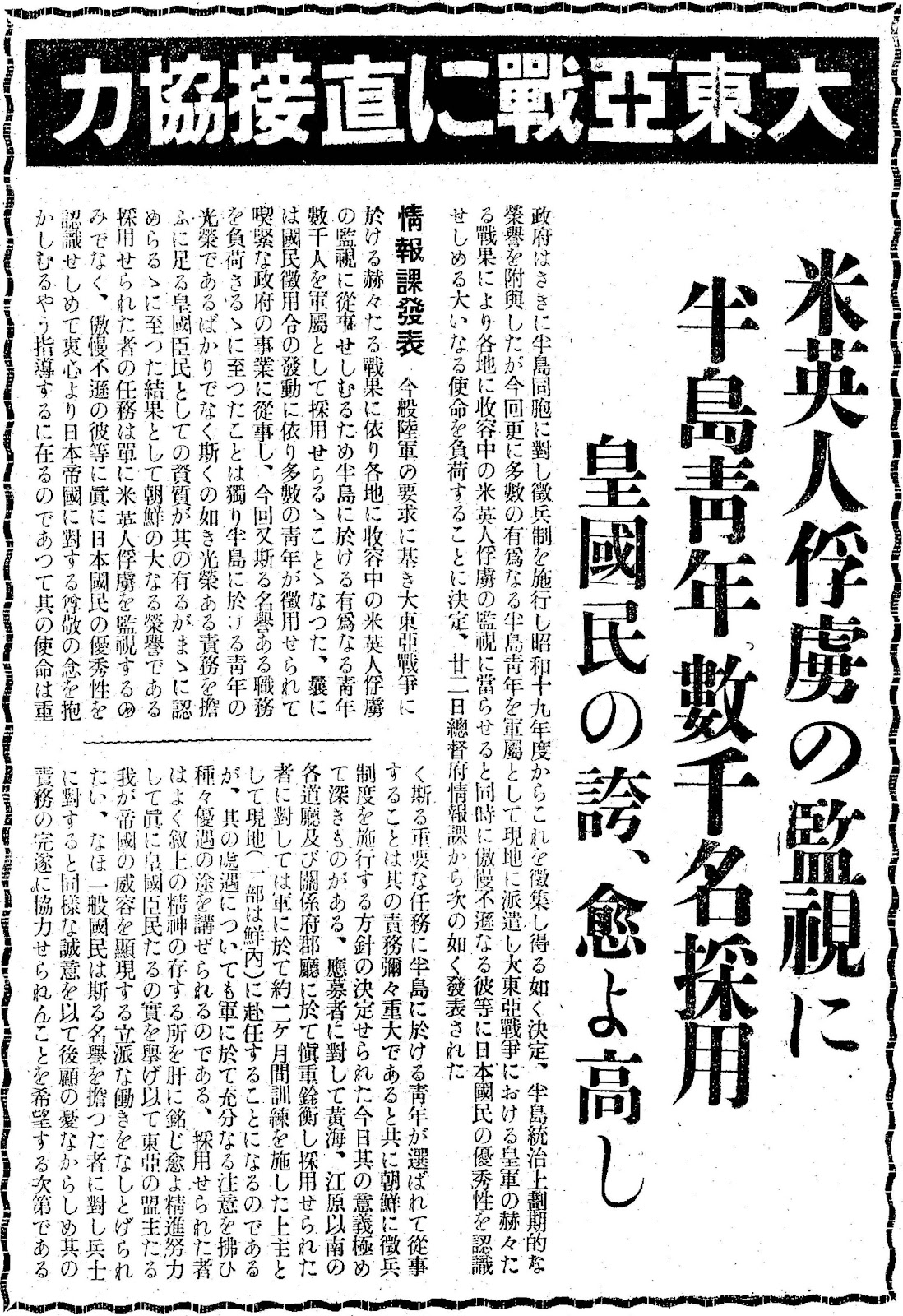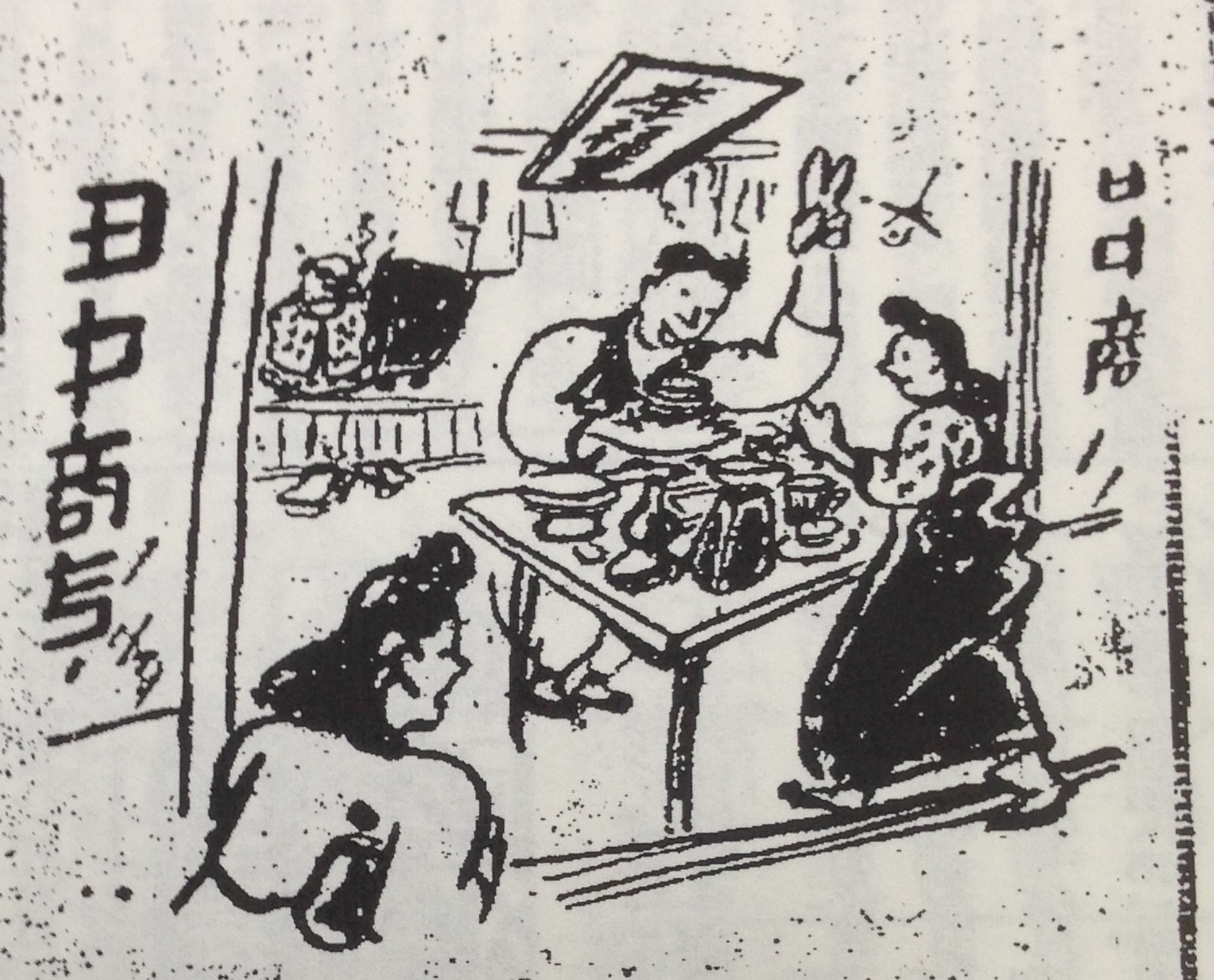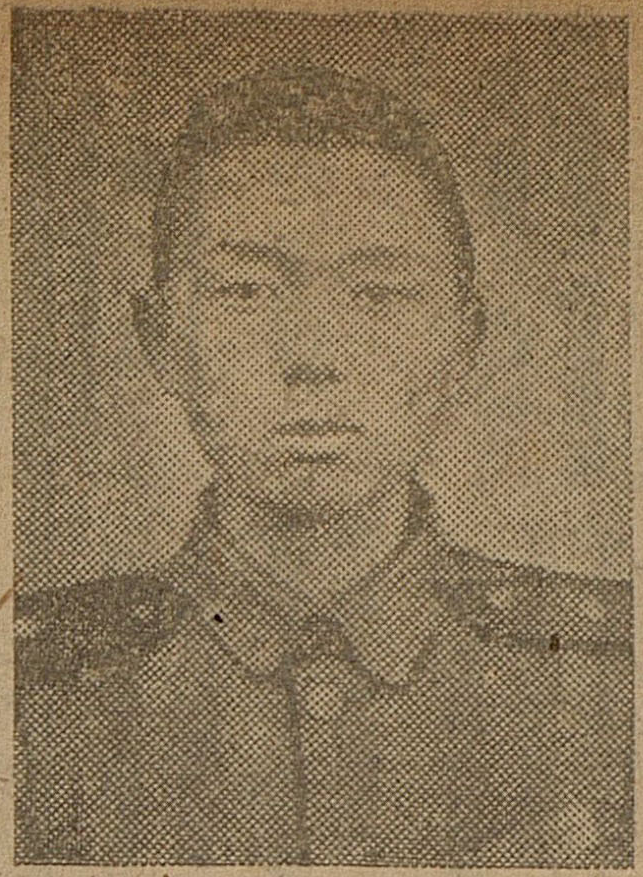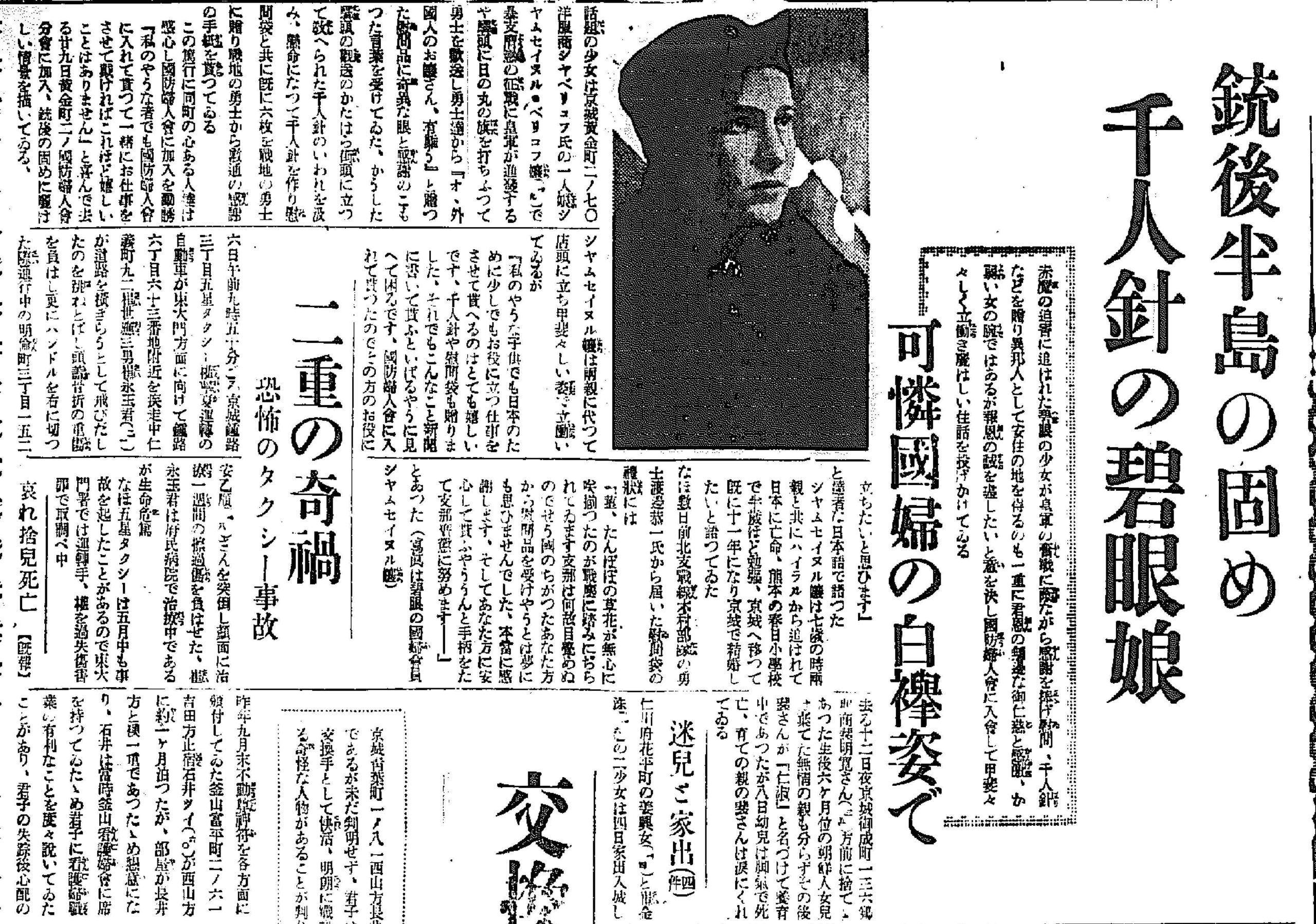
Shamseinoor Berikova, 19-year-old blue-eyed Russian Tatar refugee woman and Seoul resident in 1938, featured in Keijo Nippo as a pro-Imperial Japan patriotic model minority speaking fluent Japanese and supporting Imperial soldiers on their way to China
2023-10-23
418
960
This article from 1938 features Shamseinoor Berikova, a 19-year-old blue-eyed Russian Tatar woman who was a daughter of a clothing merchant in Kōgane-machi, which today forms the northern area of the present-day Myeongdong district, in the area immediately to the east of present-day Euljiro 1(il)-ga station. She was part of the Russian Tatar refugee community from the Volga-Ural region which escaped persecution during the 1917 Russian Revolution. Her family was driven out from Hailar, Manchuria in 1926, when Manchuria was still ruled by various warlords, and they settled in Seoul by way of Kumamoto.
This article may have also had a propaganda purpose to put this Tatar teenager on a pedestal as a ‘model minority’ to encourage the Korean people to follow her example by embracing Japanese language and culture and supporting the Imperial Japanese military.
Here is an excellent academic paper about the history of the Russian Tatar refugee community in Imperial Japan from their origins in the Volga-Ural region through the Russian Revolution in 1917, migration to Imperial Japan, and later emigration to the United States and Turkey after the war: [Link]
Imperial Japan’s support of Islam and Muslim communities has a fascinating historical background. For those interested in delving deeper, here’s a link to an academic paper on the topic: [Link]
Here, you can also find links to other articles about the Tatar people in Seoul during the colonial period that I’ve found in the Keijo Nippo newspaper so far:
- The Sulemans were a Russian Tatar refugee family in Seoul who gained acceptance as assimilated Imperial Japanese people while holding strong to their Muslim faith, and left for Turkey amid warm farewells in 1939 [Link]
- Spotlight on 1943 Seoul: A Glimpse into the Russian Tatar Refugee Community, Marja Ibrahim’s Poetry Tribute to Tatar National Poet Ğabdulla Tuqay on the 30-year anniversary of his death [Link]
- Small community of ~100 Russian Tatars in Seoul featured in 1942-1944 propaganda articles: a young 19-year-old Tatar girl is praised for filling out immigration forms for her neighbors, a Tatar woman is commended for scolding her friends with red fingernails for wearing ‘British-American’ cosmetics [Link]
- In 1942 Busan, Korean pastors and foreign residents (Russian Tatar family, English woman, Chinese consul) praise Imperial Japan as British POWs captured in Malaysia start arriving in the city [Link]
As is my norm, I’ve included links throughout the translation to cultural and historical references that might be unfamiliar.
[Translation]
Gyeongseong Ilbo (Keijo Nippo) June 7, 1938
Strengthening the Korean Peninsula on the Home Front: The Blue-Eyed Girl with Sen’ninbari Amulets
Wearing a Lovely White Sash of the National Women’s Defense Association
The blue-eyed young woman who has fled from demonic persecution offers her thanks and consolation to the valiant Imperial Army fighting on the front lines by sending gifts like Sen’ninbari amulets. As a foreigner finding refuge, she is deeply grateful for the boundless benevolence bestowed upon her. Though her arms may be weak, she has resolved to repay this kindness and has joined the National Women’s Defense Association, bringing an inspiring story to life.
The girl in question is Shamseinoor Berikova (age 19), the only daughter of Mr. Shah Berikov, a clothing merchant in Seoul in the district of Kōgane-machi 2-70. As the Imperial Army set out for a punitive expedition against China, she was at the station waving the Japanese Hinomaru flag to send off the soldiers. She received astonished looks and words of thanks from the soldiers who said, “Oh, young foreign lady, thank you!” for the care packages that she gave. Alongside these farewells at the station, she has followed the tradition of Sen’ninbari, creating them with diligence and sending them along with care packages. She has already sent six to the warriors on the battlefield and has received several letters of gratitude in return.
Impressed by her actions, the caring people of the district encouraged her to join the National Women’s Defense Association. “I would be so happy if someone like me could join the National Women’s Defense Association and work alongside you,” she happily responded, joining the Kōgane-machi-2 sub-chapter of the association on the 29th of last month, painting a beautiful picture of support from the home front. As Shamseinoor stood at the storefront in place of her parents, working diligently, she said the following:
“I am very happy that, even as a child, I am entrusted with work that can contribute even a little for Japan. I have sent Sen’ninbari and care packages. However, I’ll feel uncomfortable if my acts are reported in the newspaper, since it may be perceived as bragging. Now that I have been accepted into the National Women’s Defense Association, I wish to be of service,” she spoke in fluent Japanese.
Shamseinoor fled from Hailar with her parents when she was seven years old, and sought asylum in Japan. She studied for about half a year at Kasuga Elementary School in Kumamoto. She has been in Seoul for eleven years now, and she mentioned that she would like to get married there.
Additionally, a few days ago, a letter of thanks for a care package arrived from Mr. Watanabe Kyōichi, a brave soldier of the Kimura Unit on the Northern China front. It read: “Flowers like dandelions bloom innocently among graves, only to be trampled in the dust of war. Why have the Chinese not opened their eyes? I never dreamed of receiving a care package from a person of a different nation like yourself. I am truly grateful. To put your mind at ease, I will strive to accomplish great deeds in this punitive expedition against China.”
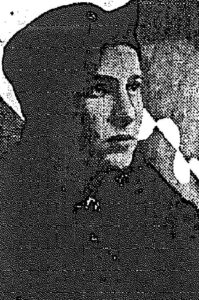
(Photo: Shamseinoor, the blue-eyed member of the National Women’s Defense Association)
[Transcription]
京城日報 1938年6月7日
銃後半島の固め
千人針の碧眼娘
可憐国婦の白襷姿で
悪魔の迫害に追われた碧眼の少女が皇軍の奮戦に蔭ながら感謝を捧げ慰問。千人針などを贈り異邦人として安住の地を得るのも一重に君恩の無辺な御慈悲と感激。か弱い女の腕ではあるが報恩の誠を尽くしたいと意を決し国防婦人会に入会して甲斐甲斐しく立働き麗しい佳話を投げかけている。
話題の少女は京城黄金町二の七〇洋服商シャ・ベリコフ氏の一人娘シャムセイヌル・ベリコフ娘(一九)で、暴支膺懲の征戦に皇軍が進発するや駅頭に日の丸の旗を打ちふって勇士を歓送し勇士達から『お、外国人のお嬢さん、有難う』と贈った慰問品に奇異な眼と感謝のこもった言葉を受けていた。こうした駅頭の歓送のかたわら、街頭に立って教えられた千人針のいわれを汲み、懸命になって千人針を作り慰問袋と共に既に六枚を戦地の勇士に贈り、戦地の勇士から数通の感謝の手紙を貰っている。
この篤行に同町の心ある人達は感心し国防婦人会に加入を勧誘。『私のような者でも国防婦人会に入れて貰って一緒にお仕事をさせて戴ければ、これほど嬉しいことはありません』と喜んで去る二十九日黄金町二の国防婦人会分会に加入。銃後の固めに麗しい情景を描いている。シャムセイヌル嬢は両親に代って店頭に立ち甲斐甲斐しい姿で立働いているが、
『私のような子供でも日本のために少しでもお役に立つ仕事をさせて貰えるのはとても嬉しいです。千人針や慰問袋も贈りました。それでもこんなことを新聞に書いて貰うといばるように見えて困るです。国防婦人会にいれて貰ったので、その方のお役に立ちたいと思います』と達者な日本語で語った。
シャムセイヌル嬢は七歳の時、両親と共にハイラルから追われて日本に亡命。熊本の春日小学校で半歳ほど勉強。京城へ移って既に十一年になり、京城で結婚したいと語っていた。
なお数日前、北支戦線木村部隊の勇士渡辺恭一氏から届いた慰問袋の礼状には、『墓タンポポの草花が無心に咲き揃ったのが戦塵に踏みにじられています。支那は何故目覚めぬのでしょう。国のちがったあなた方から慰問品を受けようとは夢にも思いませんでした。本当に感謝します。そしてあなた方に安心して貰うよう、うんと手柄をたて支那膺懲に努めます』とあった。(写真は碧眼の国婦会員シャムセイヌル嬢)
Source: https://archive.org/details/kjnp-1938-06-07/page/1/mode/1up
